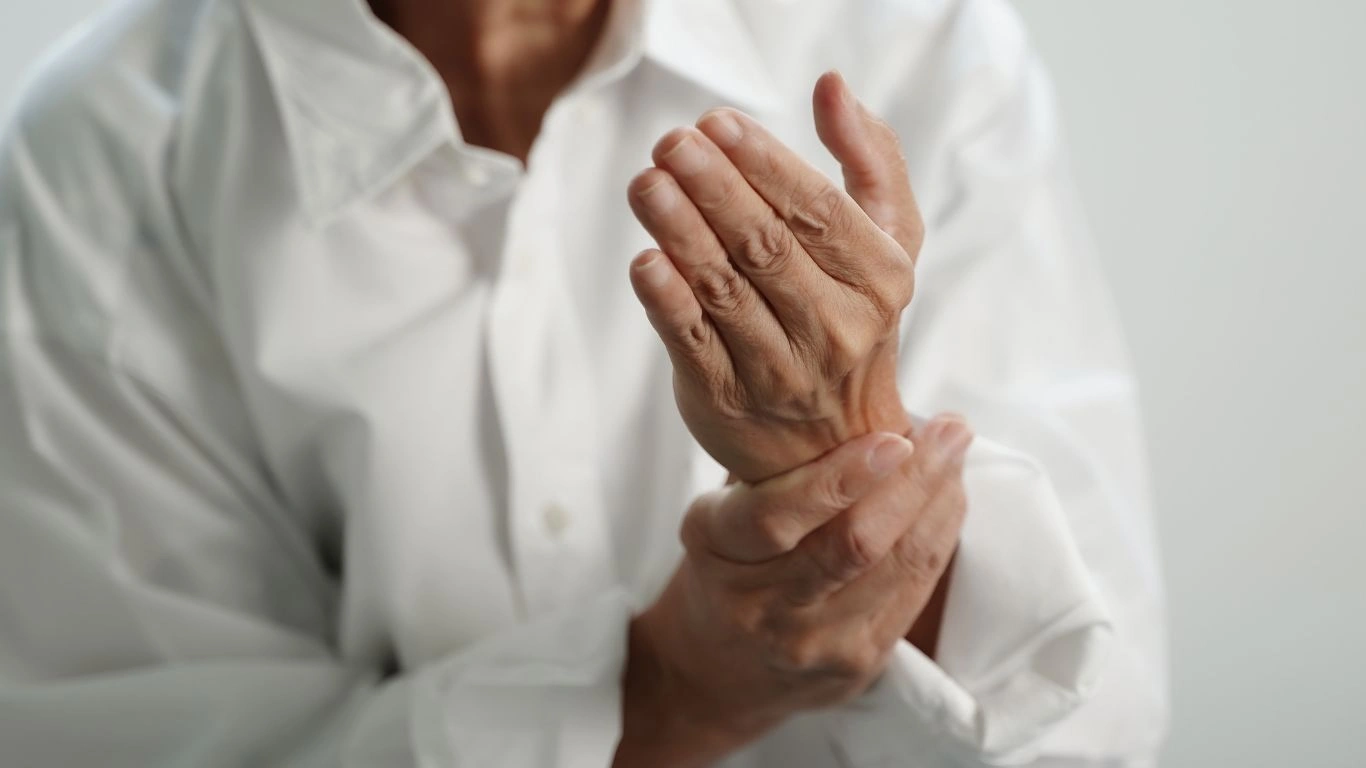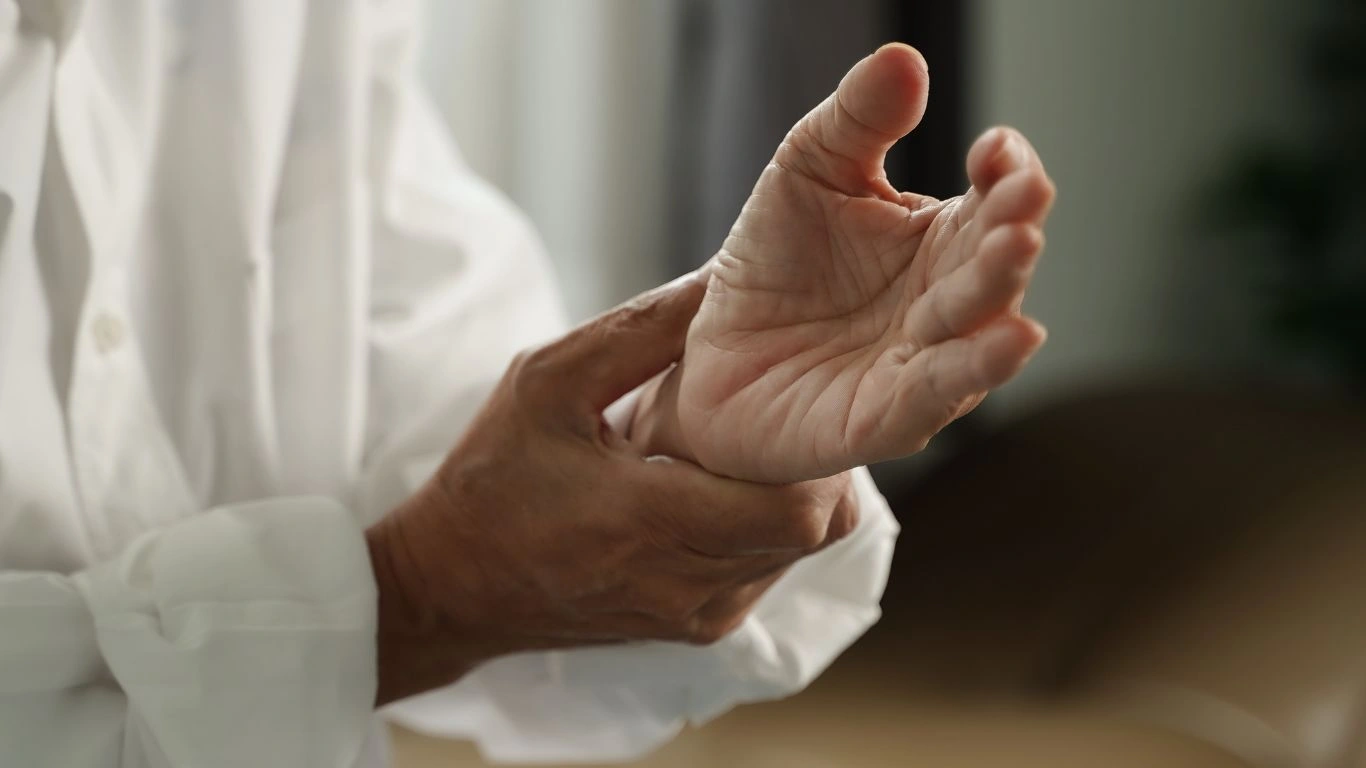Best Daily Habits to Prevent Arthritis Flare-Ups and Take Control Today
If you’re anything like the patients I see in clinic every week, you’re probably tired of the ups and downs of arthritis. One day, you’re fine, and the next—bam!—your joints are stiff, swollen, and just not cooperating. As a Rheumatology nurse practitioner, I’ve had more conversations about flare-ups than I can count. But here’s the thing: it’s not just about medication. Developing the best daily habits to prevent arthritis flare-ups can be just as powerful as anything in your pillbox. The right lifestyle tweaks can reduce inflammation, protect your joints, and keep you feeling like yourself longer. So let’s talk about how to build a flare-fighting routine that actually works in real life, not just on paper.
Start Your Day with Joint-Friendly Movement

Why Gentle Mornings Matter
Most of my patients tell me mornings are the worst. Joints feel stiff, achy, and frozen in time. That’s not just in your head—it’s real, and it’s often due to inflammation building up overnight. But one thing that makes a noticeable difference? Gentle movement right after waking up. Think of it as a warm-up for your joints before the day officially kicks off.
I always recommend starting with slow, full-body stretches. Nothing fancy. A few shoulder rolls, wrist circles, neck stretches, and maybe some cat-cow yoga poses. Just five to ten minutes can literally change how your body feels the rest of the day.
Sample Morning Movement Routine
- Neck side tilts – 30 seconds each side
- Shoulder rolls – 10 forward, 10 backward
- Wrist circles – 15 seconds each direction
- Seated cat-cow – 5 slow reps
- Ankle rolls – while sitting, 10 each direction
One of my patients with early RA told me this routine helped her feel like she had “control back over her mornings.” And honestly, I’ve tried it myself on stiff days—game changer.
Don’t Skip Anti-Inflammatory Nutrition

What You Eat Can Make or Break Your Joints
This might sound dramatic, but your breakfast plate could be either helping or hurting your joints. A huge part of preventing flares is reducing systemic inflammation—and what you eat daily has a direct effect on that.
Foods that fight inflammation include things like berries, leafy greens, fatty fish (hello, salmon), and healthy fats like olive oil and avocado. Meanwhile, foods that can sneakily cause flare-ups include ultra-processed snacks, sugary drinks, and refined carbs like white bread and pastries. Not saying you can never indulge, but your joints will definitely appreciate a more balanced approach most days.
My Go-To Anti-Flare Breakfast Ideas
- Oatmeal topped with chia seeds, blueberries, and walnuts
- Greek yogurt with flaxseed and strawberries
- Avocado toast on sprouted grain bread with a poached egg
- Green smoothie with spinach, banana, turmeric, and almond milk
One woman I work with in her early 50s swapped out her sugary cereal for the oatmeal bowl above—and noticed within two weeks that her morning hand stiffness improved dramatically. It’s those little consistent changes that add up over time.
Hydration: The Most Underrated Habit

Water and Joint Lubrication
Let me ask you something—are you drinking enough water? Most people aren’t. And while it sounds so basic, staying hydrated is a key piece in keeping joints moving smoothly and preventing stiffness. Synovial fluid, which cushions your joints, needs water to do its job properly. Without enough, everything just grinds a little more.
I tell patients to aim for at least half their body weight in ounces per day. So if you weigh 160 lbs, shoot for 80 ounces of water. If you’re exercising, sweating, or taking medications like diuretics, you’ll need more.
Make Hydration Easier
- Keep a water bottle nearby (I use a 32 oz one so I only need to refill twice)
- Flavor your water with lemon, cucumber, or berries if plain water is boring
- Set reminders on your phone or use a hydration tracking app
- Eat water-rich foods like cucumbers, oranges, and watermelon
Personally, I used to get so caught up in clinic work that I forgot to drink enough water—until I got one of those smart bottles that glow when it’s time to sip. Silly? Maybe. Effective? Absolutely.
Prioritize Quality Sleep for Inflammation Control

Why Sleep Isn’t Just “Nice to Have”
We don’t talk about sleep enough when it comes to joint health. But if there’s one thing I’ve learned over the years, it’s that people who sleep poorly tend to flare more often. It’s not a coincidence—sleep is when your body repairs itself. It’s when inflammation markers settle down. So if you’re tossing and turning, chances are your immune system is staying on high alert, which can trigger those dreaded flare-ups.
I had one patient who’d been waking up five or six times a night. Once we started focusing on her sleep hygiene—shutting off screens early, adding magnesium, and adjusting her evening routine—her joint pain actually started calming down, even though we hadn’t changed her meds. That’s how powerful sleep is.
My Sleep-Supporting Tips for Joint Warriors
- Stick to a consistent bedtime—even on weekends
- Limit caffeine after 2 PM (I know, it’s tough!)
- Turn off screens 1 hour before bed—blue light interferes with melatonin
- Try a warm Epsom salt bath or lavender tea in the evening
- Use a supportive pillow to reduce neck and shoulder tension
And hey, if pain is waking you up at night, that’s worth mentioning to your provider. Sometimes we need to tweak your treatment plan or suggest nighttime relief options. You don’t have to suffer in silence.
Stress Management: Not Optional Anymore

Stress = Inflammation = Flares
Let me be real here—stress is one of the biggest silent triggers of arthritis flare-ups I see in my patients. Whether it’s job stress, caregiving, financial pressure, or even the stress of managing a chronic condition, it all adds up. And unfortunately, your immune system reacts to stress by going into overdrive—ramping up inflammation, which can fire up your joints.
There was a period when I was juggling too much myself—clinic, family, studying for a certification. I started waking up with achy wrists and thought, “Whoa, this is exactly what my patients describe.” That was my wake-up call to slow down and start practicing what I preach.
Simple Ways to Tame the Stress Beast
- Daily deep breathing: Just 3 minutes of slow, belly breathing can calm your nervous system fast.
- Journaling: Dump your thoughts before bed to stop the mental spiral.
- Nature breaks: A short walk outside—even 10 minutes—does wonders for your mind and joints.
- Say no more often: Your body will thank you for it.
- Therapy or support groups: Talking it out really helps when the stress is chronic.
And remember, managing stress isn’t about being “zen” all the time—it’s about having go-to tools when life throws curveballs (which it will).
Daily Movement Without Overdoing It

Yes, You Need to Move—But Smartly
Here’s a question I get all the time: “Should I still exercise if I have arthritis?” Short answer: yes. Long answer: yes, but choose wisely. Movement is essential to keep joints lubricated, muscles strong, and inflammation in check. But overdoing it—or doing the wrong kind—can backfire and actually cause flares.
My golden rule? Listen to your body, not your ego. If your knees are screaming during high-impact aerobics, it’s time to pivot. Low-impact, joint-conscious movement is the way to go. Think swimming, walking, tai chi, or resistance band exercises.
My Favorite Arthritis-Safe Activities
- Water aerobics: Great for full-body movement with zero joint stress
- Pilates or yoga: Builds flexibility, core strength, and body awareness
- Stationary cycling: Good cardio without pounding your knees
- Strength training: Light weights help stabilize joints and prevent injury
- Daily walks: A 20-minute stroll counts—don’t underestimate it
One patient of mine in her 60s took up chair yoga twice a week at her community center. She swore it helped her hands stay nimble, plus she loved the social connection. That’s another bonus of movement—it often lifts your mood too, which goes back to that whole stress management thing.
Move Often, Rest Wisely
Don’t forget to build in recovery time. Active rest days, gentle stretching, and even a short afternoon nap (if it fits your schedule) can help your body repair and recharge. The goal is consistency, not intensity.
And if you’re flaring, it’s okay to dial things down. Walking to the mailbox and doing gentle stretching might be your movement for the day. That still counts. Honor where your body is at.
Build a Flare-Proof Routine You Can Stick To

Consistency Over Perfection
Now here’s the honest truth—none of the best daily habits to prevent arthritis flare-ups will work if they’re only done once in a while. The key isn’t being perfect. It’s being consistent. I’ve seen firsthand that the patients who get the best results aren’t the ones who overhaul their life overnight. They’re the ones who stack small, realistic habits over time.
I had one patient who started with just morning stretches. A month later, she added in hydration goals. Then she tackled nutrition. Slowly but surely, her flares went from monthly to barely noticeable. She told me, “I stopped chasing quick fixes and started building real habits.” And honestly? That’s the magic.
Keep It Real and Sustainable
Let’s face it—we all have busy lives. Between work, family, and the occasional Netflix binge, it’s not always easy to prioritize our health. But the good news is: arthritis-friendly habits don’t have to be complicated. You don’t need fancy supplements or a strict regimen that’s impossible to follow.
Here’s a little checklist you can print or screenshot for yourself:
- ☐ Move your body daily (even just a walk or stretch)
- ☐ Choose anti-inflammatory foods most of the time
- ☐ Stay hydrated throughout the day
- ☐ Protect your sleep like it’s a non-negotiable appointment
- ☐ Check in with your stress level regularly
- ☐ Give yourself grace on flare days
Small steps add up. Give it 30 days and I bet your joints will thank you.
Track Your Triggers Like a Joint Detective

Your Body Leaves Clues
One habit that doesn’t get enough credit? Tracking your symptoms. I tell patients all the time: if you don’t know what’s triggering your flares, you’re flying blind. Keeping a journal—or using an app—can help you connect the dots between what you eat, how you sleep, your stress levels, and how your joints feel.
There was a woman in her 40s I worked with who was flaring every two weeks like clockwork. After journaling for a month, she realized it always happened after her weekend wine and cheese nights. I’m not saying she gave it up entirely—but she adjusted the frequency and swapped a few foods. Huge difference in her inflammation levels.
What to Track
- Foods and beverages (especially new or processed ones)
- Sleep quality and duration
- Activity level and type of movement
- Stress events (work drama counts!)
- Weather changes or hormone shifts
- Joint pain, swelling, stiffness (rate 1–10 if that helps)
Tracking might feel like a chore at first, but most people say it’s super empowering once they get into the rhythm. You get to be the expert on your own body—which makes it easier to advocate for yourself during doctor visits too.
Know When to Ask for Help
Your Healthcare Team Is Your Ally
As much as I love talking about lifestyle habits, I also know they’re just one part of the puzzle. Sometimes, despite your best efforts, flares still happen. That doesn’t mean you’ve failed. It just means it’s time to check in with your rheumatology provider. There may be tweaks we can make—whether it’s adjusting your meds, adding physical therapy, or ordering new labs.
Something I always remind patients: you don’t have to “tough it out.” We’re here to help you stay ahead of inflammation, not just react to it. So if your joints are acting up more than usual, or something just feels “off,” reach out. Early intervention often prevents bigger problems down the road.
Advocating for Yourself
Write down questions before your appointment. Bring your symptom tracker. Mention the small changes you’ve made and how they’re working. We love hearing that kind of feedback—it helps us tailor your care more effectively.
And if something’s not working for you? Speak up. The best care plans are a collaboration, not a one-way street.
References
Disclaimer
This content is for educational purposes only and is not intended as medical advice. Always consult with a qualified healthcare provider for diagnosis, treatment, or questions regarding your specific condition. The personal experiences and opinions shared here are based on my professional practice as a Rheumatology nurse practitioner and are meant to support—not replace—the guidance of your medical team.

Tarra Nugroho is a dedicated Nurse Practitioner with a strong foundation in family and preventive care. She brings both compassion and clinical expertise to her practice, focusing on patient-centered care and health education. As a contributor to Healthusias.com, Tarra translates medical knowledge into clear, empowering articles on topics like women’s health, chronic disease management, and lifestyle medicine. Her mission is simple: help people feel seen, heard, and informed—both in the clinic and through the content she creates. When she’s not caring for patients, Tarra enjoys weekend hikes, plant-based cooking, and curling up with a good health podcast.






